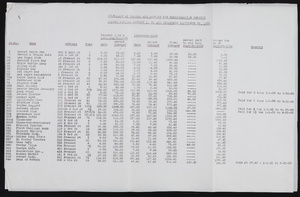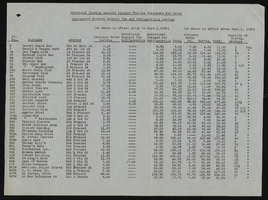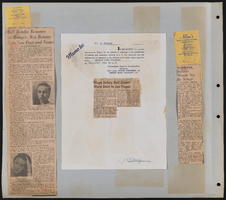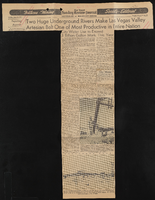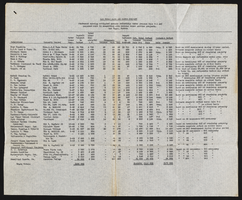Search the Special Collections and Archives Portal
Search Results
McWilliams, J. T. (John Thomas), 1863-1941
Nevada pioneer, engineer, and surveyor John Thomas (J.T.) McWilliams was born in Owen Sound, Ontario, Canada, on December 10, 1863. In 1879, he moved to Detroit, Michigan, before settling in Chicago, Illinois in 1883. While in Chicago, McWilliams studied civil engineering at the University of Chicago, and in 1884 he began surveying for the Northern Pacific Railroad.
Person
Noyes, Billie Mott, 1914-2014
https://www.legacy.com/us/obituaries/lvrj/name/wilma-noyes-obituary?id=19446520
Person
Michael Loewy Papers
Identifier
Abstract
The Michael Loewy Papers (1985-1991) contain bylaws, correspondence, conference programs, suggestions and evaluation forms, agendas, and minutes for the Desert Mountain States Lesbian and Gay Conference. Also included are correspondence from the Lesbian and Gay Academic Union (LGAU) at the University of Nevada, Las Vegas, fliers, and an Empower Each Other directory.
Archival Collection

